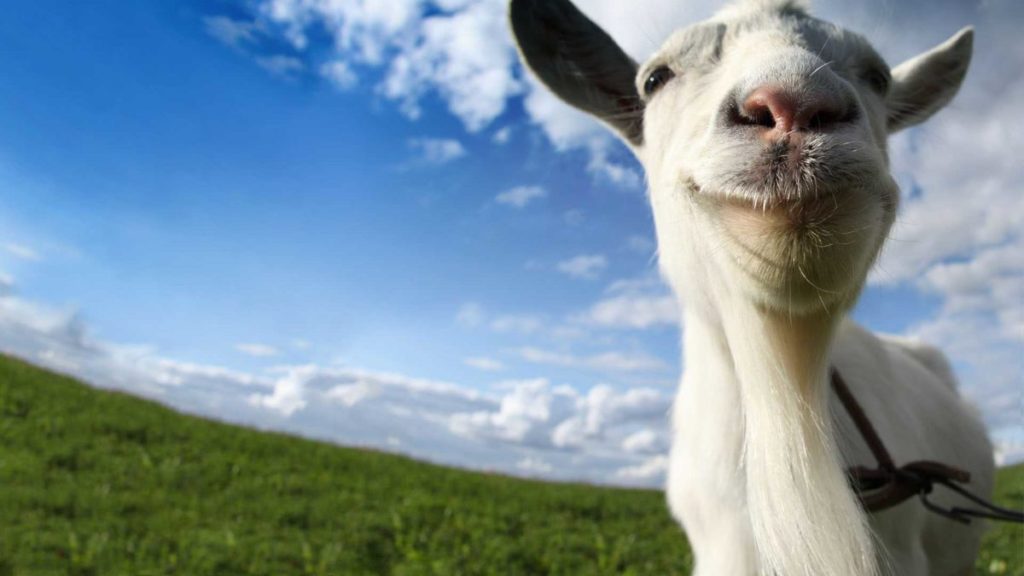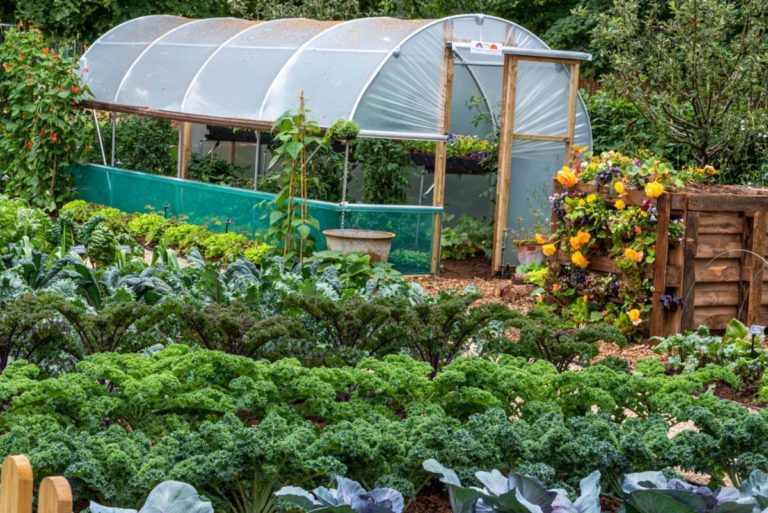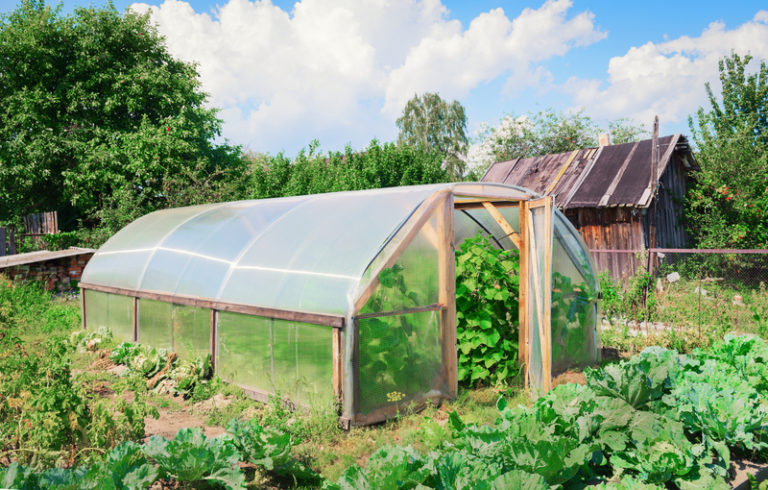Are you dreaming of a self-sufficient off-grid oasis where you can produce your own milk, meat, and more?
Look no further than raising goats!
These versatile animals not only provide delicious dairy products and lean protein sources, but they also serve as natural lawn mowers and soil tillers.
With the right knowledge and equipment, you can successfully integrate goat keeping into your off-grid lifestyle and enjoy all the benefits of this sustainable and fulfilling hobby.
We’ll explore the essential aspects of raising goats for milk, meat, and more in your off-grid oasis, so you can start enjoying a more self-sufficient and prosperous life today!
Choose the Right Goat Breed
Not all goat breeds are created equal when it comes to milk or meat production. Do your research and choose breeds that are well-suited to your climate and needs.
Different breeds are better suited for different climates and production systems, and some breeds are better suited for certain products, such as milk or meat.
For example, the Saanen breed is well-known for its high milk production and is commonly used in dairy operations, while the Boer breed is bred for its fast growth rate and is often used in meat production.
It’s important to do your research and choose breeds that are well-suited to your climate and needs.
Factors such as temperature, humidity, and the availability of feed should be considered when selecting a goat breed.
The breed’s temperament and resistance to disease should also be taken into account.
In addition to selecting the right breed, proper nutrition, management, and care are also essential for maximizing milk and meat production.
Providing goats with a balanced diet, adequate housing, and regular veterinary care can help ensure that they reach their full production potential and remain healthy.
By doing your research and choosing the right breed, you can set your goat dairy or meat operation up for success.
Provide Appropriate Housing
Goats need shelter and protection from the elements. Provide a dry, draft-free barn or shed with adequate ventilation and bedding.
Goats require adequate shelter and protection from the elements to maintain their health and well-being.
A dry, draft-free barn or shed with proper ventilation and bedding is essential for their comfort and survival.
The shelter should be designed to keep the goats dry and warm during rainy and cold weather, and well-ventilated to prevent overheating during hot days.
The bedding, such as straw or hay, should be clean and dry to prevent the spread of disease and discomfort.
The shelter should be well-lit and free of drafts to ensure the goats’ optimal health and productivity.
Proper shelter and protection can significantly improve the goats’ immune system, fertility, and milk production, making it a important aspect of goat husbandry.
Ensure Proper Nutrition
Goats need a balanced diet that includes hay, grain, and minerals. Provide high-quality feed and supplements as needed.
To ensure optimal health and production, goats require a balanced diet that includes a variety of feedstuffs.
Hay, which can be made from timothy, alfalfa, or other grasses, is a important component of a goat’s diet, providing essential fiber, energy, and nutrients.
Grain, such as oats or corn, should be offered in moderation to provide carbohydrates and protein.
It is important to ensure that the grain is properly mixed with water to prevent over-fermentation, which can lead to digestive issues.
Apart from these staple feedstuffs, goats also require access to a range of minerals and supplements to maintain proper nutrition.
For example, salt, calcium, and phosphorus are essential for bone health and proper functioning of the body’s systems.
Providing high-quality feed and supplements as needed can help prevent nutritional deficiencies and maintain the health and productivity of your goats.
It is also important to ensure that fresh water is always available to your goats, as proper hydration is essential for their well-being.
Monitor Health and Hygiene
Regularly check your goats’ health and cleanliness to prevent illness and maintain milk and meat quality. Keep their living areas clean and well-maintained.
As a goat farmer, it is essential to prioritize the health and well-being of your animals to ensure the quality of their milk and meat.
To achieve this, it is important to regularly check their health and cleanliness.
Start by observing your goats daily for any signs of illness, such as coughing, nasal discharge, or loss of appetite.
Monitor their body condition and weight, as underweight or overweight goats can be more susceptible to health issues.
Also, ensure their living areas are clean and well-maintained.
This includes cleaning their living quarters regularly, providing fresh water and feed, and ensuring proper ventilation to prevent the buildup of ammonia and other toxins.
Proper hygiene and living conditions can help prevent the spread of diseases and maintain the quality of your goats’ milk and meat.
Manage Breeding and Birthings
Plan breeding and birthings carefully to ensure healthy, vigorous kids. Provide appropriate care and management during pregnancy and lactation.
To raise healthy, thriving goat kids, it is essential to carefully plan breeding and birthings.
Selecting healthy, mature bucks and does, and ensuring they are well-matched for breeding, can help reduce the risk of complications and increase the chances of successful pregnancies.
Providing appropriate care and management during pregnancy and lactation is important for the health and well-being of the doe and her kids.
This includes ensuring the doe receives proper nutrition, housing, and veterinary care, as well as providing adequate milking and kid-rearing facilities.
By taking these steps, goat breeders can help ensure the health and vigor of their kids, and set them up for a successful and productive life on the farm.
Train and Manage Milking
If you plan to milk your goats, train them to be milked and establish a routine. Provide proper milking equipment and storage for milk.
If you plan to milk your goats, it’s essential to train them to be milked and establish a routine.
Goats need to be conditioned to the milking process, which can take several weeks to a few months, depending on the individual goat’s temperament and experience.
Start by gently touching and massaging the udder to help the goat relax and release the milk.
Gradually introduce the milking equipment, such as a stand or bucket, and work your way up to milking the goat in a few sessions each day.
A consistent routine will help the goat learn to produce milk more efficiently and improve the quality of the milk.
Proper milking equipment is also important for a successful milking experience.
Invest in high-quality milking buckets or stands that fit comfortably on your goats’ udders and are easy to clean and sanitize.
Look for equipment that is designed specifically for goat milk production, as this will help ensure that the milk is collected hygienically and without contamination.
Store the milk in a clean, insulated container immediately after milking to maintain its quality and prevent spoilage.
Establishing a routine and providing proper equipment and storage for milk will help you maximize your goat milk production and enjoy a bountiful harvest.
With consistent training and care, your goats will thrive and produce high-quality milk that is rich in nutrients and delicious to consume.
Use Rotational Grazing
To optimize pasture and preserve land health, use rotational grazing techniques to give your goats access to different areas. This will also help prevent overgrazing and parasite buildup.
To maximize the health and productivity of your goats and preserve the land for long-term sustainability, implementing rotational grazing techniques is a must.
Rotational grazing allows your goats to access different areas of pasture at different times, preventing overgrazing and reducing the buildup of parasites.
By dividing your land into smaller, separate areas (or paddocks), you can rotate your goats through each section at regular intervals, typically every few days or a week.
This mimics the natural grazing patterns of wild goats and helps maintain a healthy, diverse ecosystem.
To start implementing rotational grazing, first assess the size of your land and the number of goats you have.
Based on these factors, you can create a grazing schedule that ensures each paddock is given enough rest time to recover and re-grow before the goats are allowed to graze again.
A general rule of thumb is to allow at least 30 days of rest between grazing sessions for each paddock.
This allows the grasses and legumes to fully regrow and recover, maintaining a healthy, diverse ecosystem for your goats to thrive.
Consider the natural slope and lay of your land when creating your grazing schedule.
Goats may prefer to graze on the hillside, so be sure to include adequate grazing areas on both flat and sloping land to ensure each goat has access to adequate forage.
To optimize pasture and preserve land health, utilizing rotational grazing techniques is important.
By dividing your land into separate paddocks and allowing your goats to graze on different areas at different times, you can prevent overgrazing and parasite buildup.
A grazing schedule can be created to ensure each paddock is given enough rest time to recover and re-grow before the goats are allowed to graze again.
A general rule of thumb is to allow at least 30 days of rest between grazing sessions for each paddock, allowing the grasses and legumes to fully regrow and recover.
This maintains a healthy, diverse ecosystem for your goats to thrive while preserving the land for future use.
Consider the natural slope and lay of your land when creating your grazing schedule, as goats may need more rest time on steeper slopes to prevent overgrazing.
By implementing these rotational grazing techniques, you’ll be promoting healthy pasture growth and land management practices that will benefit both your goats and the environment for generations to come.] I hope you find this paragraph helpful!
Consider Additional Products
In addition to milk and meat, goats can provide other valuable products like fiber, soap, and fertilizer. Consider the potential for these additional outputs when selecting breeds and managing your herd.
When considering the addition of goats to your homestead or small farm, it’s important to think beyond just milk and meat.
Goats can provide a wide range of valuable products, including fiber, soap, and fertilizer.
High-quality goat fiber can be used to create a variety of textiles, such as yarn, roving, and felt.
Goat milk can be used to make soap, lotion, and other personal care products.
The manure from your goats can also be used as a natural fertilizer, further enhancing the productivity of your land.
By selecting breeds that are well-suited to your climate and management style, and by carefully managing your herd, you can maximize the potential of these additional outputs and create a thriving and sustainable goat operation.
Want More? Dive Deeper Here!
Hey there! If you’re the type who loves going down the rabbit hole of information (like we do), you’re in the right spot. We’ve pulled together some cool reads and resources that dive a bit deeper into the stuff we chat about on our site. Whether you’re just killing time or super into the topic, these picks might just be what you’re looking for. Happy reading!






